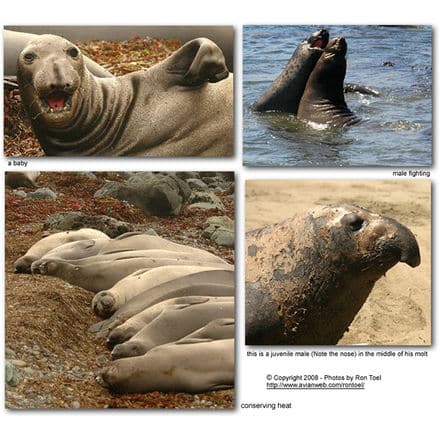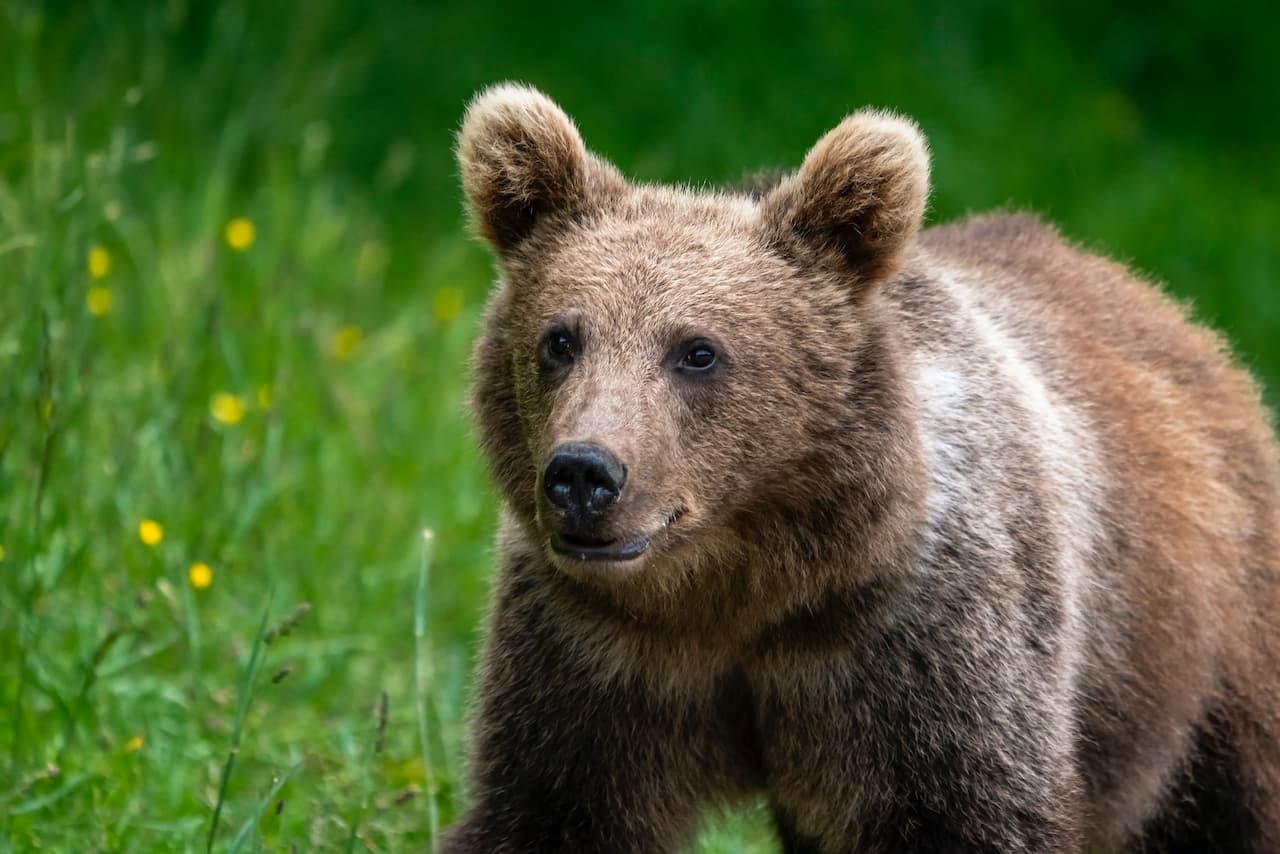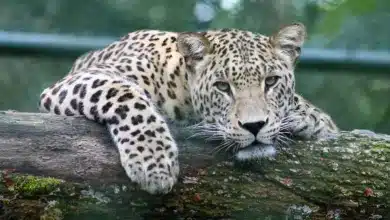Elephant Seals
Elephant Seals
As one drives down Highway 1 or the coastal highway in central California, not only will there be beautiful sunsets (if the fog layer is not so thick to hinder them), scenic views of the rocky shoreline turning into beaches at the water’s edge, but there is also lots of unique wildlife.
There is whale watching at the proper time of year……to see them breach is a sight to behold. Then there are the many varieties of other sea mammals…..Seals and sea lions and the sea otters. A favorite would have to be the elephant seals….with their massive size and their exaggerated proboscis.

Description / Characteristics:
As a member of the order known as Pinnipedia (flipper feet), the elephant seals belong to the family of Phocidae, or the true hair seals. Members of the Pinnipeds are very easily recognized because of their body shape. Shaped similarly to the whales, they have evolved to have a major difference from the other sea mammals by not being 100% aquatic. They find their food in the sea but are still tied to the land as a place to bring forth their young and suckle them. These two characteristics…..offshore feeding and terrestrial birth are the major traits of the pinnipeds.
On land, the true seals crawl along on their bellies by flexing their massive bodies. This process is known as humping. The elephant seals use their front flippers to take the weight from their bodies. In swimming, the true seals almost entirely use their hind flippers, however, they do use their fore flippers alternately as a power stroke when in the water.
With a body temperature of 99 degrees, because sea water is much colder than that of the seal, much heat lost would occur if not for the thick layer of blubber, a fatty tissue located below the skin. Blubber actually serves three purposes…..as stated, it is a layer of insulation.
It also helps to provide energy during fasts and helps to prevent the body from collapsing under the water pressure of the deep dives. It acts as a form of filter and dissolves the unwanted gases in the blood which occur on the deep dives, thus preventing the “bends”.
Periodically, it is necessary for all the pinnipeds to renew their hair covering and the superficial layer of skin. In the true seals, molting is an abrupt process. In order for the necessary growth of the hair to take place, the blood supply to the skin has to be increased, which would also mean even more heat loss would take place. Because of this, the elephant seals stay out of the water for the duration of the molt….thus gathering on shore in large heaps, where they conserve heat by being in contact with their neighbors.
An air-breathing mammal in an aquatic environment must be able to prevent water from entering its lungs. Pinneipeds have slits for nostrils that close when they immerse. They also use their tongue and soft palate to close off their buccal cavity when they open their mouth under water to capture food.
Coupled with these adaptations is also the need to hold their breath for extended periods of time. Elephant seals can stay submerged for at least 30 minutes. They can accomplish this feat because their blood possesses three times more oxygen-carrying hemoglobin than man and their muscles contain greater concentrations of myoglobin which is an oxygen-binding protein. So one can see they are made for diving long and deep.
Breeding / Mating:
Male elephant seals usually come ashore earlier than the females. They clumsily set up their territory and await the females to birth and then come ashore with their young. The males are much larger than the females (as great as three times in mature animals), and they have two outstanding secondary sexual traits…..a large pendulous elephantine proboscis and a thick shield of wrinkled tissue on the neck and shoulders.
The males engage in bloody fights for the dominant status which allows the winners access to many more females. The males that achieve the alpha male status may mate with as many as 100 females in a season of breeding. To achieve this status, the males must maintain a great size and have exceptional fighting abilities, and much sexual prowess
This is what is known as a polygynous mating system. The males exhibit no paternal behavior and are a father only in the genetic sense. The alpha males literally take what they want by having the greater size difference.
From the moment the females appear on the beaches of central California where they breed they are pursued by the males eager to mate. The males not only pursue receptive females but also those who are not yet capable of being inseminated. These females are those that are still nursing or are still pregnant. In these sexual disagreements, the outcome is usually harmful to the pregnant female….. It disrupts the mother-pup bonding and the mother-pup separation when nursing is still required, and many pups actually die in the process. Moreover, in their single-mindedness to create a harem, the males trample over pups in their path. Over 10% of the pups may die in this way.
The females are gregarious and gather together in harems of up to a thousand individuals in order to give birth and nurse their young. Birthing usually takes place in December and four weeks of nursing is required for the pups to maintain a healthy lifestyle and succeed in their everyday activities. These four weeks of nursing enhance the size of the pup by developing a much thicker layer of blubber. The elephant seals become sexually mature at the age of 4-5 and can live to the age of 15.
Elephant seals have few predators. Their main one is the orca whale.
To live a life, from pup to adult, is definitely not easy for elephant seals. To achieve a male with the alpha status is still tougher, but they do it to maintain a genetically superior offspring.



